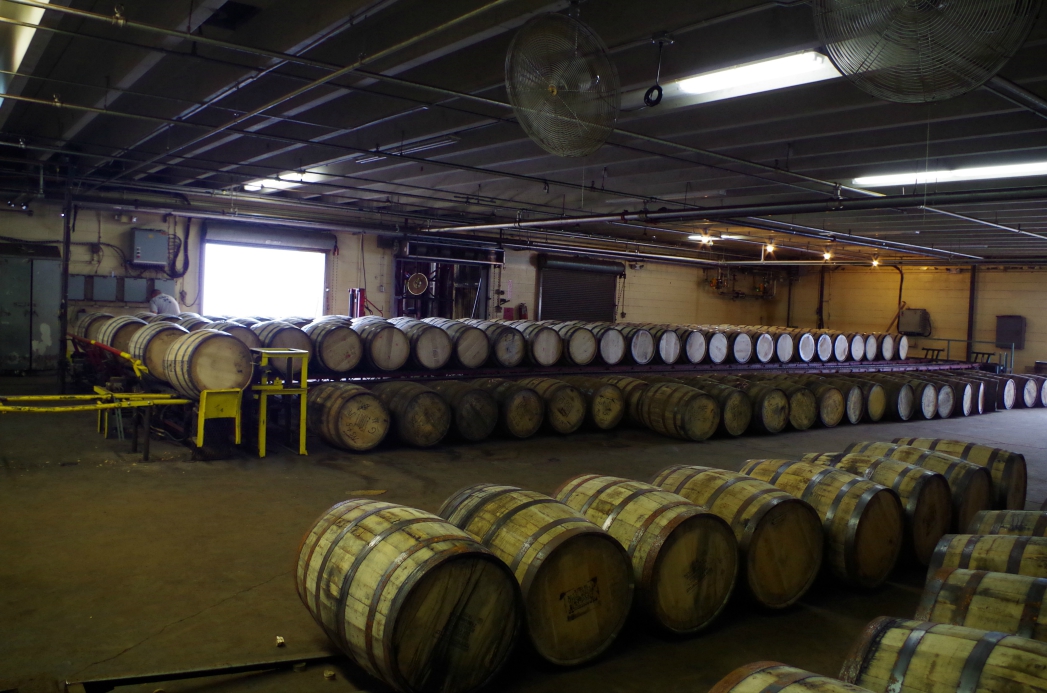There’s a lot of confusion about what exactly bourbon is. Contrary to popular belief, it doesn’t have to be made in Kentucky, though Kentucky makes 95% of the world’s bourbon. The other 5% is made elsewhere in the United States, as Congress declared in 1964 that bourbon is a distinct product of the United States.
Bourbon must be:
-Made of at least 51% corn, though it can be up to 100% corn. Typical bourbon is around 70% corn and the rest of the mash bill is split between malted barley to get the full sugar conversion and either rye or wheat for the flavoring grain. This is an historical tradition that became the standard of identity because early settlers in Kentucky found corn grew much better here than the rye they had been used to growing.
-Distilled no higher than 160 proof. If it’s distilled any higher than that, it becomes neutral grain spirits.
-Barreled no higher than 125 proof. Bourbon increases in proof as it ages, so many distilleries choose to barrel at a lower proof than this.
-Bottled no lower than 80 proof. While the lower proof bourbons ruled the shelves for decades, higher proof options such as bottled in bond and barrel proof are starting to gain traction.
-Be stored in charred, new oak containers. They don’t have to be barrels. This is another historical tradition that became part of the standards of identity for bourbon. It used to be sold by the barrel so you would never get your barrel back.
-Only pure water can be added to adjust the proof. No flavors or colors or any other adulterating agents are permitted.
-There is no minimum age requirement for bourbon as long as it goes into a new charred oak container, so theoretically you could put it in a new charred oak bucket and bottle it immediately, though that is not advisable. Straight bourbon whiskey has to be aged a minimum of two years and bottled in bond has to be aged a minimum of four years. The age on the bottle is the youngest bourbon that is in that bottle. Distillers may understate age but they may not overstate it.
Photos courtesy of Maggie Kimberl.



